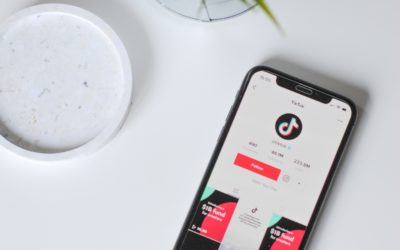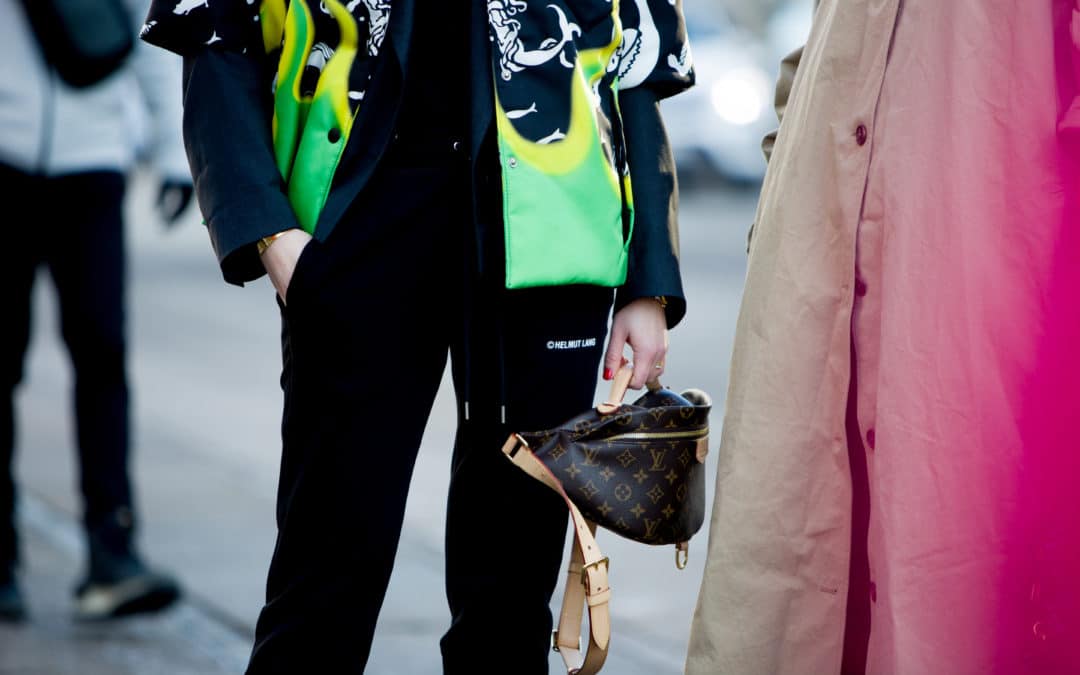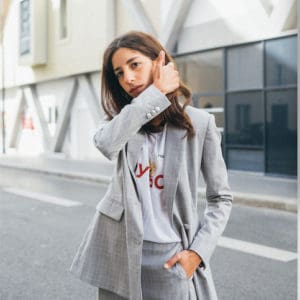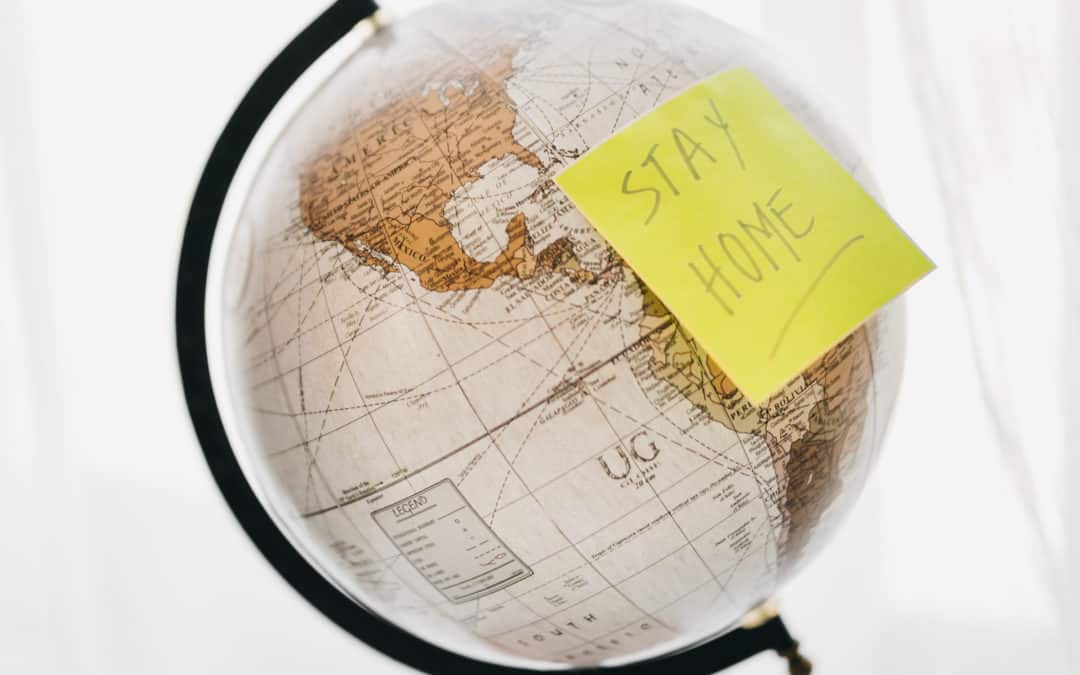With the festivities being right around the corner, we have found ourselves browsing through social media and the internet to find the perfect cake or roasted meat recipes, while coming across delightful recipes we also envy, and are inspired by the aesthetically...
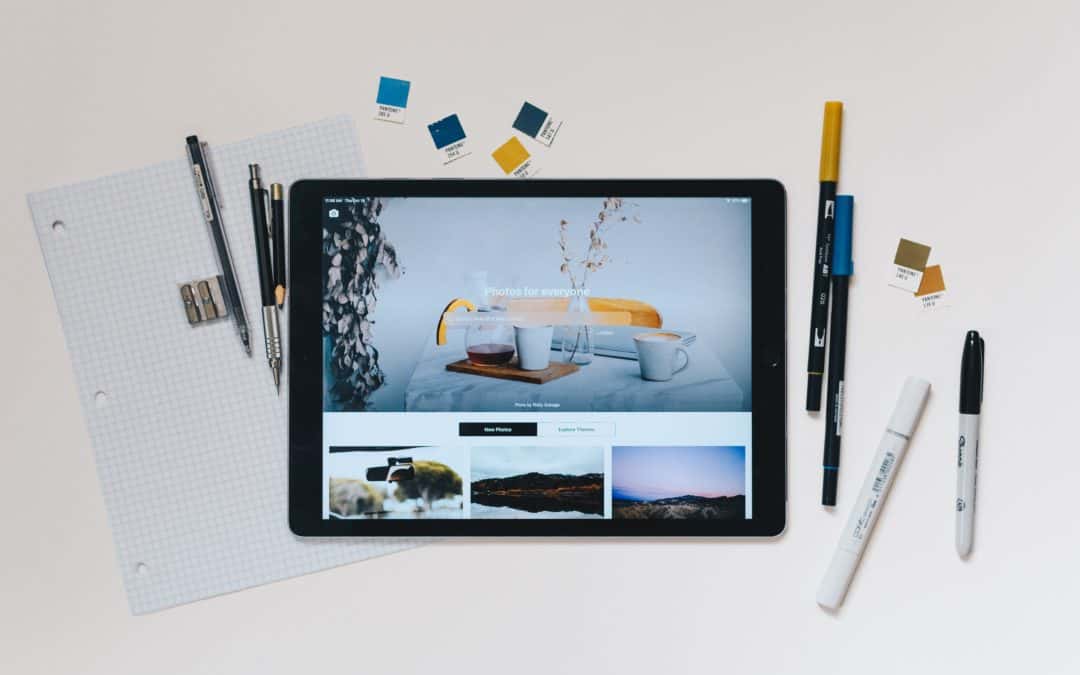
Branded Imagery: prolonging social media presence through mood board influencers
Branded Imagery: prolonging social media presence through mood board influencers
Images are processed 60.000 times faster than words in the human brain. Pictures resonate within our mind and give us a chance to read between the lines of what isn’t written out. They remove language barriers, placing the sender in a non-market specific landscape. Compared to content that lacks a visual aspect, marketing content featuring images makes a scroller stop and look, double-tap, press share, and possibly add to their bag, according to the Nielsen Norman Group. The point is, with a picture you can include so much more information than with words and brands really need to invest in their visual assets online to have a recognizable digital presence. An impactful way to maximize the use of branded imagery, and prolong online presence, is by making use of the new phenomenon: mood board influencers. These influencers, also known as mood-boarders, have bubbled up in the last couple of years as an outcome of Instagram’s never-ending visual scroll.
Content (combined with social-sharing) is king
Brands create content to gain visibility, increase brand awareness and help attract customers through a channel that isn’t focused directly on driving sales, says Mary Becker Marketing Director at the footwear brand Sperry. It’s useful to use an editorial mindset and put it towards an audience, writes Business of Fashion. We know that content and visual brand assets are important, but how do brands make the most of it? An answer to that, is to produce strong content with a clear branded aesthetic that can be shared and re-posted. In 2020, content is king, and people sharing a branded post will help your content stay on the throne. The new marketing asset, mood-boarders, are social-sharing experts and can increase your branded imagery’s lifespan. Mood boards prove that sharing pre-created content is a powerful marketing strategy.
– Social-sharing means all the shares of one’s posted content on social media –
“When we click share,” explains social media expert Brian Carter, “we’re obviously saying “I like this so much, I wish I had created it myself. I want everyone I’ve connected with on social media to see it. I’m ok with my family, coworkers, supervisors, bosses and anybody else I’ve friended knowing that I like it”. 68% of people will share something because it aligns with who they are or who they want to be. Brands that succeed with social-sharing are those whose content ‘flies’, going viral online.
On Instagram an image has about 48 hours before it will no longer be shown in the feed. By then, 75% of all engagement is already commented or liked. Shares and reposts of content are what can prolong the lifespan and presence of a digital post. A new way of sharing pre-created content and curating it together in a squared feed on Instagram is when brands partner up with a new image sharing associate – mood-boarders.
A new use for an old trick-of-the-trade
Traditionally, a mood board was a tool for creatives to capture a feeling, portray their aesthetics, and acted as a motif, the starting point of a design process. Fabrics, cut-outs from magazines and color samples were pinned to a corkboard. From 2011, Pinterest helped us create digital boards and pin our favorite images so we could carry around our own DIY mood boards, and we used them to show the hairdresser what we want to look like. Eventually, brands found their way onto the ideation platform that has the longest lifespan for posted content, up to 3 months. In 2016, Instagram launched the ‘save’ button so it was possible to collect our favorite posts in a private folder, in a kind-of-mood-board style.
With Instagram’s endless-scrolling capacity for its users, and with brands, creatives, and magazines moving their images online to give everyone access to enjoy their visuals, the mood board influencer was born. At first, it was for anonymous expression and shared inspiration, but with the rise of influencer marketing, the mood-boarders became another innovative possibility for marketers to get their brand and aesthetics out to the right audience.
Moodboard influencers share already created and posted content, and put together a collection with the purpose to either educate, inspire or honor – or all three combined. The curation vs. creation approach is proving to pay off with the amount of followers and engagement that goes hand in hand with mood board influencers.
These accounts can represent sub-culture preferences and aesthetics with a niche interest, but in a limitless digital market. Brands can also easily spot what content has a viral capability, a tendency to trend, and what is being social-shared versus the content that is not shared. The problem that can occur is that these Instagram based mood boards are not controlled by the brands, it’s the curator behind the posts that have the power. This means that a brand’s visual assets – the content they are posting online – becomes of even higher value when you realize what social-sharing through mood board influencers can do for your content lifespan online.
How to speak “imagery”
So, how can brands speak “imagery” and take advantage of being shared and introduced to new audiences with fresh eyes through mood-boarders?
- Brand characteristics, style and story should be able to be identified visually based on a simple picture, so the branded assets can go beyond their own account or logo. For example, Montana’s colorful storage and shelving solutions can easily be spotted in a feed without a caption.
- High-quality photos need to be a given. If your images are low resolution, then the spectator might also think your products are of a low quality.
- Open up and make visual brand assets accessible for industry insiders and your audience through a digital image bank. There is more about that in our article about the digital showroom boom.
- Photo credit is not a joke. Follow these best practices and laws, because an original image is an intellectual and artistic property.
Image: Montana Image Bank
The copyright aspect
When it comes to physical products, it is easy to understand what is who’s. When it comes to digital properties, however, the idea that everything online is public property is a common misunderstanding because it is so easy to screenshot and add the image in your own feed. Behind branded images are a production team, a marketing plan, and a budget. Moreover, the image came from professional people’s ideas and hard work. Therefore, reposting and sharing other’s work has to be done right. It is a protection and a safety net for both the one reposting, the mood-boarder, and the creator of the content, the brand.
Sharing photos
If the platform has sharing features it’s typically accepted to share images within the platform. For example, reshares on Instagram stories are automatically credited to the creator, and the sharing action is only possible when someone has enabled those account permissions.
Reposting pictures in the feed
The best practice here is what copyright laws say, always ask for permission. This is an action required for both brands who want to feature UGC, user-generated content, and profiles that want to post other’s work in their own personal feed.
Instagram is very clear about this and states it in its community guidelines.
Everyone that has an Instagram account has agreed to it in their Terms of Use:
“Share only photos and videos that you’ve taken or have the right to share. As always, you own the content you post on Instagram.
Remember to post authentic content, and don’t post anything you’ve copied or collected from the internet that you don’t have the right to post.”
/ Instagram Community Guidelines, “The Long”.
Credit the image
Crediting the image is not just a nice thing to do, it is a must since it could be a breach of the image copyright.It’s not enough to just tag the image owner in the image, preferably it should be written in the image caption. Writing “Source: Pinterest” for example, is a no-go since Pinterest did not actually produce the image.
Identify the image owner
Here’s a tip if you want to find the origin of an image: Google has a very helpful function calledsearch-by-image that can help you find the original source.
Visit Google Images and add the image URL to the search box or upload
a screenshot to discover the origin of your chosen photo.
This is not a full, in-depth guide to copyright law on Instagram.
For further information please read this educating article by Refinery29 or go onto Instagram’s page about copyright.
Summary
Visual assets and content creation are taken as a given these days, and all brands have to be producers and be present online. Mood board influencers are a great collaborating partner if a brand wants to make their visual assets and created content last longer and have a wider reach beyond their own controlled channels online. Brands can take advantage of this digital marketing associate by making their visual assets available online, either through an image bank or a direct Instagram collaboration. Make sure that the content produced by your brand carries a recognizable story and aesthetic so that in a feed of beautifully curated imagery, the viewer can spot your brand and product right away.
SIGN UP TO OUR NEWSLETTER
Get free knowledge on how to optimize your B2B marketing & new product releases.
RELATED POSTS
How to get the best out of each dish with Gastronomy Influencers
TikTok: Social media’s new powerhouse
Praised, criticized, and ever-changing - TikTok has undoubtedly been the social media in the spotlight the last year. What started as a platform for lip-syncing and dance videos has grown into a comprehensive portal; you may find videos and trends covering virtually...
How YouTubers can make your brand grow
We all know and love YouTube for its incredible ability to provide us with - well practically anything we could want and think of to watch, whether it be entertainment, practical skills or news. What started as an amateur video outlet has grown into the world's...




